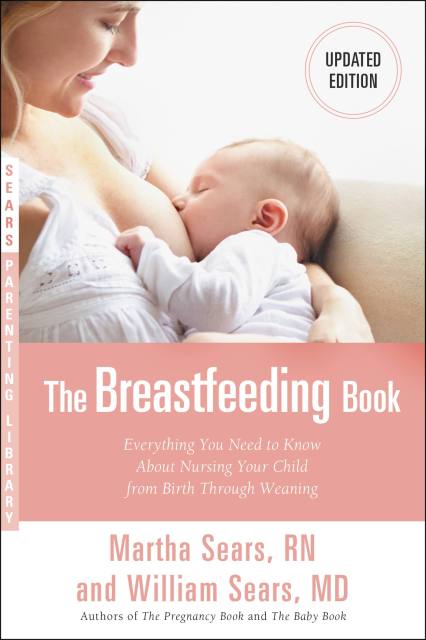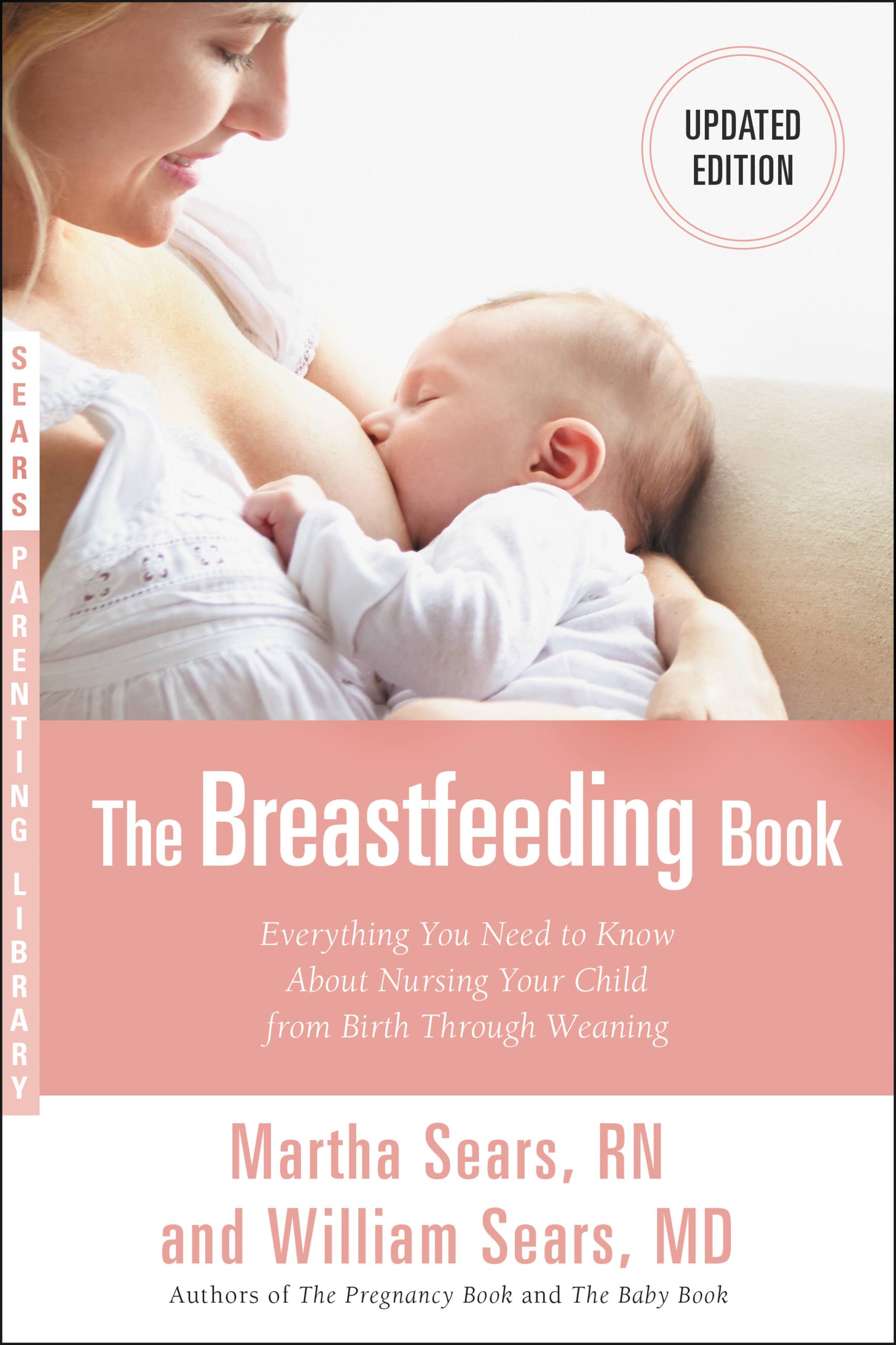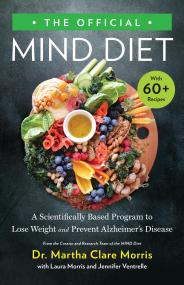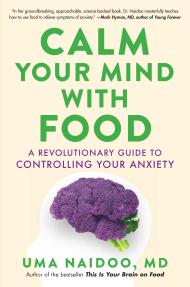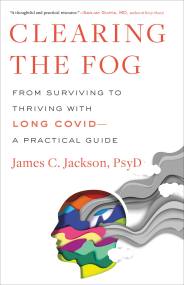Promotion
Use code MOM24 for 20% off site wide + free shipping over $45
The Breastfeeding Book
Everything You Need to Know About Nursing Your Child from Birth Through Weaning
Contributors
Formats and Prices
Price
$9.99Price
$12.99 CADFormat
Format:
- ebook $9.99 $12.99 CAD
- Trade Paperback (Revised) $16.99 $22.49 CAD
This item is a preorder. Your payment method will be charged immediately, and the product is expected to ship on or around November 16, 2008. This date is subject to change due to shipping delays beyond our control.
Also available from:
A fully revised edition of the Dr. Sears guide to breastfeeding, a perennial favorite of parents for nearly two decades
From pediatric experts Martha Sears, R.N., and William Sears, M.D., a comprehensive, reassuring, authoritative information on:
How to get started breastfeeding, with illustrated tips for latching on Increasing your milk supply Breastfeeding when working away from home Pumps and other technology associated with breastfeeding Making sure your nursing baby gets optimum nutrition, including the most recent information about the importance of omega-3 fatty acids and “milk-oriented microbiota” Nutrition and fitness for moms Nighttime breastfeeding Breastfeeding and fertility Toddler nursing and weaning Special circumstances And much more…
Breastfeeding contributes to nurturing a smarter and healthier baby, and a healthier and more intuitive mommy. Isn’t that what every child needs, and every parent wants?
From pediatric experts Martha Sears, R.N., and William Sears, M.D., a comprehensive, reassuring, authoritative information on:
How to get started breastfeeding, with illustrated tips for latching on Increasing your milk supply Breastfeeding when working away from home Pumps and other technology associated with breastfeeding Making sure your nursing baby gets optimum nutrition, including the most recent information about the importance of omega-3 fatty acids and “milk-oriented microbiota” Nutrition and fitness for moms Nighttime breastfeeding Breastfeeding and fertility Toddler nursing and weaning Special circumstances And much more…
Breastfeeding contributes to nurturing a smarter and healthier baby, and a healthier and more intuitive mommy. Isn’t that what every child needs, and every parent wants?
Genre:
- On Sale
- Nov 16, 2008
- Page Count
- 288 pages
- Publisher
- Little Brown Spark
- ISBN-13
- 9780316047524
Newsletter Signup
By clicking ‘Sign Up,’ I acknowledge that I have read and agree to Hachette Book Group’s Privacy Policy and Terms of Use
